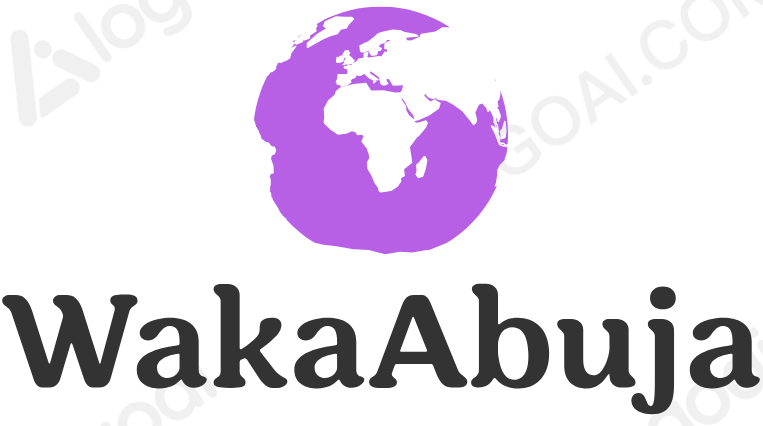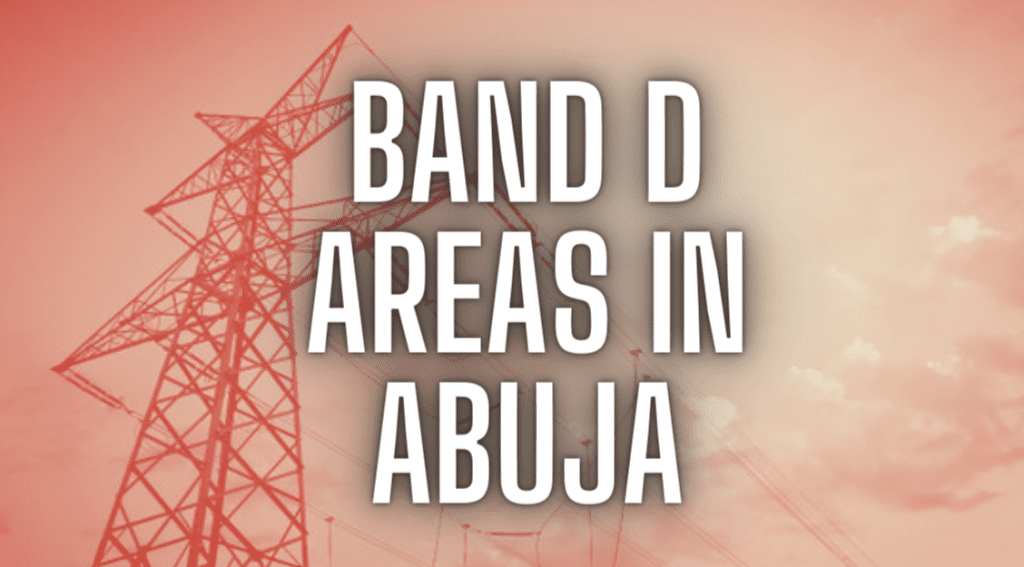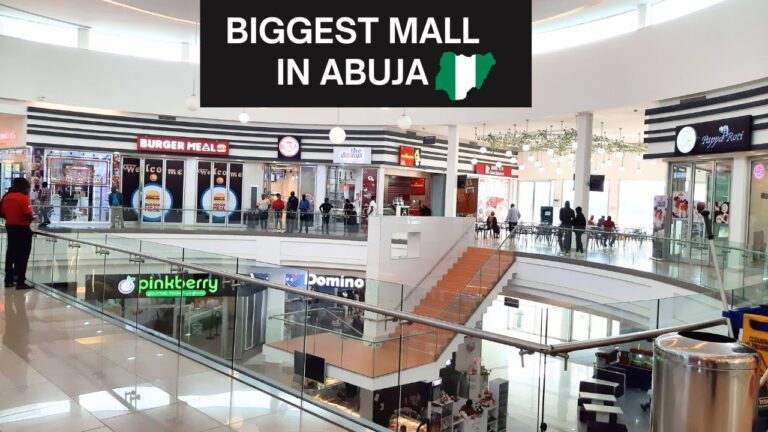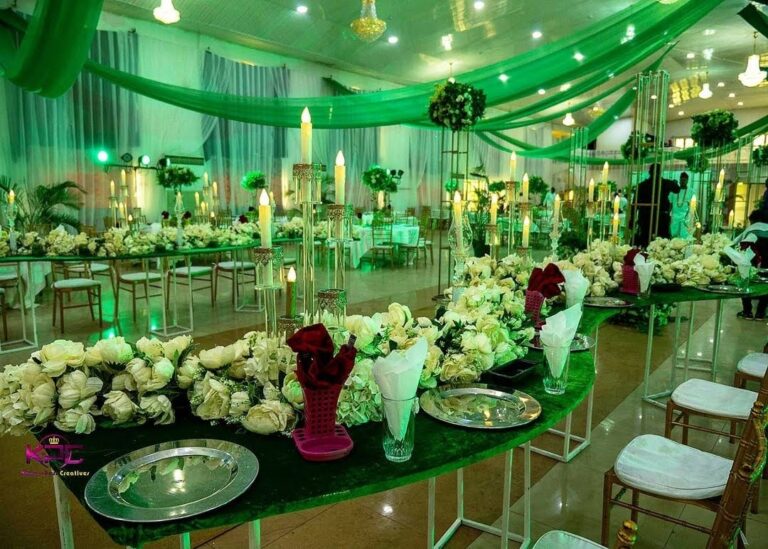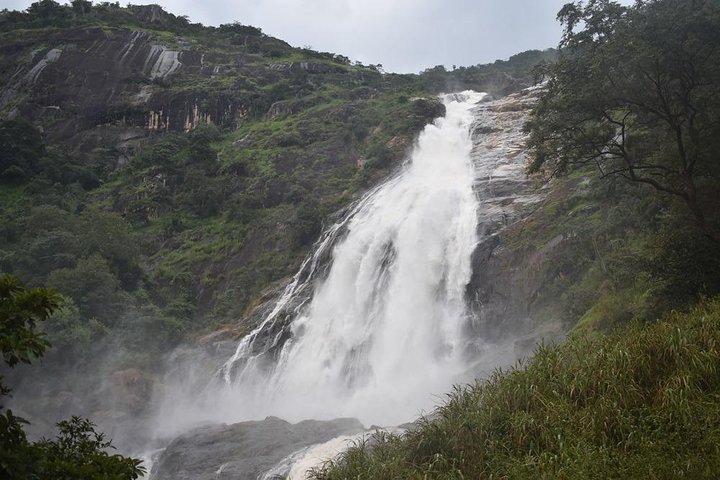The electricity distribution system in Abuja, Nigeria’s capital, is a crucial part of residents’ daily lives. Abuja Electricity Distribution Company (AEDC) categorizes areas based on electricity consumption, availability, and infrastructure using a banding system. Prospective movers and residents alike are often intrigued by Band D. Learn about the characteristics of Band D areas and what living there means.
Key Takeaways
- Band D is ideal for budget-conscious individuals and families.
- Power availability balances affordability with convenience, but it’s not perfect.
- Neighborhoods like Lugbe and Kubwa stand out for their livability and infrastructure.
Understanding AEDC Banding
Electricity banding is AEDC’s way of ensuring fair distribution of power while maintaining an operational balance. Band D areas typically receive 12–16 hours of power daily, making them more stable than Band E areas but less consistent than higher bands like Band A or B. This classification affects electricity pricing, reliability, and overall living standards in these neighborhoods.
Personal Experience: Living in a Band D Area
“When I first moved to a Band D area in Abuja, I wasn’t sure what to expect. Coming from a Band B area with near-uninterrupted power supply, the adjustment was noticeable. While Band D doesn’t guarantee round-the-clock electricity, the affordability and charm of the neighborhoods make up for it. The hum of generators is less frequent, and life carries on with a sense of balance. For anyone considering a move, I’d recommend weighing your priorities—affordable rent and manageable electricity costs versus the occasional power downtime.”
Full List of Band D Areas in Abuja
Here’s a comprehensive breakdown of Band D areas under AEDC:
| Area Name | Power Availability | Average Rent (₦) | Neighborhood Rating |
|---|---|---|---|
| Lugbe | 14 hours/day | 800,000/year | ⭐⭐⭐⭐ |
| Kubwa | 12 hours/day | 600,000/year | ⭐⭐⭐ |
| Nyanya | 15 hours/day | 400,000/year | ⭐⭐⭐ |
| Dutse | 13 hours/day | 500,000/year | ⭐⭐⭐⭐ |
| Kuje | 14 hours/day | 450,000/year | ⭐⭐⭐ |
List of Areas in Band D
| Area | Feeder Line | Band | Number of Customers |
|---|---|---|---|
| Katampe | GW_L36_L2_FD3 | D | 120 |
| Katampe | GW_L36_L2_FD3 | D | 317 |
| Katampe | MINNA_POWER HOUSE FDR_POWERHOUSE_MAITUMBI | D | 443 |
| Keffi | AT8_GRA_PL_PL | D | 99 |
| Keffi | AT8_NASARAWA FDR_K35_NAS-TOTO FDR | D | 232 |
| Kontagora | KONTAGORA_KONTAGORA TOWNSHIP_KONTAGORA_AY BARRACKS | D | 161 |
| Kontagora | KONTAGORA_KONTAGORA TOWNSHIP_KONTAGORA_GRA | D | 150 |
| Kontagora | KONTAGORA_TOWN_PL_PL | D | 123 |
| Kontagora | MINNA_BIRIGI_PL_PL | D | 128 |
| Kontagora | MINNA_T4_INJ_CHANCHAGA | D | 133 |
| Kubwa | AT4_BWARI FDR_K3_FD1 | D | 109 |
| Kubwa | GW_L36_L2_FD2 | D | 109 |
| Kuje | GW_L36_L5_FD1 | D | 83 |
| Kuje | GW_L36_L5_FD2 | D | 70 |
| Lafia | AT7_FDR 2 (LAFIA)_A28_FD1 | D | 103 |
| Lafia | AT7_FDR 2 (LAFIA)_L14_FD2 | D | 83 |
| Lafia | AT7_FDR 2 (LAFIA)_L14_FD3 | D | 117 |
| Lafia | AT7_FDR 2 (LAFIA)_L15_FD1A | D | 103 |
| Lafia | AT7_FDR 2 (LAFIA)_L16_1C | D | 71 |
| Lafia | AT7_FDR 2(LAFIA FDR)_L15_GOVT. FDR | D | 52 |
| Lafia | AT7_FDR 2(LAFIA)_PL_PL | D | 144 |
| Lafia | AT7_FDR 2 (LAFIA FDR)_L15_GOVT. FDR | D | 104 |
| Lafia | AT7_FDR 2 (LAFIA)_PL_PL | D | 94 |
| Lokogoma | LOKOJA_FDR 2 LOKOJA_LOKOGOMA_GANAJA | D | 431 |
| Lokogoma | LOKOJA_FDR 2 LOKOJA_LOKOGOMA_OTOKITI | D | 128 |
| Lokogoma | LOKOJA_FDR 2 LOKOJA_LOKOJA MAIN_FD1 | D | 142 |
| Lokogoma | LOKOJA_FDR 2 LOKOJA_LOKOJA MAIN_FD2 | D | 119 |
| Lokogoma | LOKOJA_FDR 2 LOKOJA_LOKOJA MAIN_FD3 | D | 126 |
| Lokogoma | LOKOJA_FDR 2 LOKOJA_LOKOJA MAIN_FD4 | D | 155 |
| Lokogoma | LOKOJA_FDR 2_PL_PL | D | 112 |
| Lugbe | GW_L36_L2_FD3 | D | 77 |
| Maitama | AT5_FDR 6_PL_PL | D | 917 |
| Maitama | AT5_FDR 6_C4_5A | D | 1128 |
| Mararaba | AT8_UKE/MASAKAA_PL_PL | D | 286 |
| Mararaba | AT9_K5_J32_FD1 | D | 125 |
| Mararaba | GW_L36_L5_FD1 | D | 287 |
| Mararaba | GW_L36_L2_FD2 | D | 521 |
| Masaka | AT8_UKE/MASAKAA_PL_PL | D | 190 |
| Minna | BIDA_T4_BIDA_GRA_FDR | D | 351 |
| Minna | BIDA_T4_BIDA_GRA_FDR | D | 133 |
| Minna | MINNA_BIRIGI_PL_PL | D | 103 |
| Minna | MINNA_KATAREGI_PL_PL | D | 96 |
| Minna | MINNA_LAPAI_PAIKO_PAIKO FD | D | 81 |
| Minna | MINNA_MAIKUNKELE FDR_MAIKUNKELE_MAIKUNKELE | D | 89 |
| Minna | MINNA_POWER HOUSE FDR_POWERHOUSE_BOSSO ROAD | D | 162 |
| Minna | MINNA_POWER HOUSE FDR_POWERHOUSE_MAITUMBI | D | 124 |
| Minna | MINNA_POWER HOUSE FDR_POWERHOUSE_PIGGERY | D | 130 |
| Minna | MINNA_POWER HOUSE FDR_POWERHOUSE_TUNGA | D | 158 |
| Minna | MINNA_T4_INJ_CHANCHAGA | D | 174 |
| Minna | MINNA_T4_TS_PARLIAMENTARY | D | 144 |
| Minna | MINNA_T4_TS_SHIRORO | D | 126 |
| Minna | MINNA_ZARUMAI_ZARUMAI_GRA | D | 105 |
| Minna | MINNA_ZARUMAI_ZARUMAI_HAJJ CAMP | D | 124 |
| Okene | AJAOKUTA_ADOGO_PL_PL | D | 90 |
| Trademore Area | KUKWABA_L31_PL_PL | D | 655 |
| Trademore Area | KUKWABA_L32_PL_PL | D | 191 |
| Zuma | AT6_SULEJA TOWNSHIP_S3_HASSANDALATU | D | 142 |
Neighborhood ratings are based on overall affordability, accessibility, and infrastructure.
Features of Band D Areas
Pros
- Affordability: Rent and utility costs are significantly lower than in Band A or B areas.
- Moderate Power Supply: 12-16 hours of electricity daily is manageable for most households.
- Community Living: These areas are often bustling with vibrant local culture and a strong sense of community.
Cons
- Power Interruptions: Though better than Band E, power outages can disrupt activities.
- Limited Upscale Amenities: Compared to Bands A and B, luxury facilities are scarce.
FAQs
1. How is AEDC banding determined?
AEDC assesses infrastructure, electricity consumption, and network reliability to assign bands.
2. Can areas change their band status?
Yes, areas can be reclassified based on improvements in infrastructure and electricity demand.
3. Is Band D suitable for businesses?
Small businesses can thrive here, but companies requiring constant electricity may face challenges.
Conclusion
Abuja’s Band D areas are a journey into affordable and community-driven living. Power interruptions can be annoying, but the balance between cost and livability is unbeatable. The Band D offers a glimpse into Abuja’s diverse lifestyle, whether you’re relocating or just curious.
For more details, visit the AEDC official website or the Nigerian Electricity Regulatory Commission.
